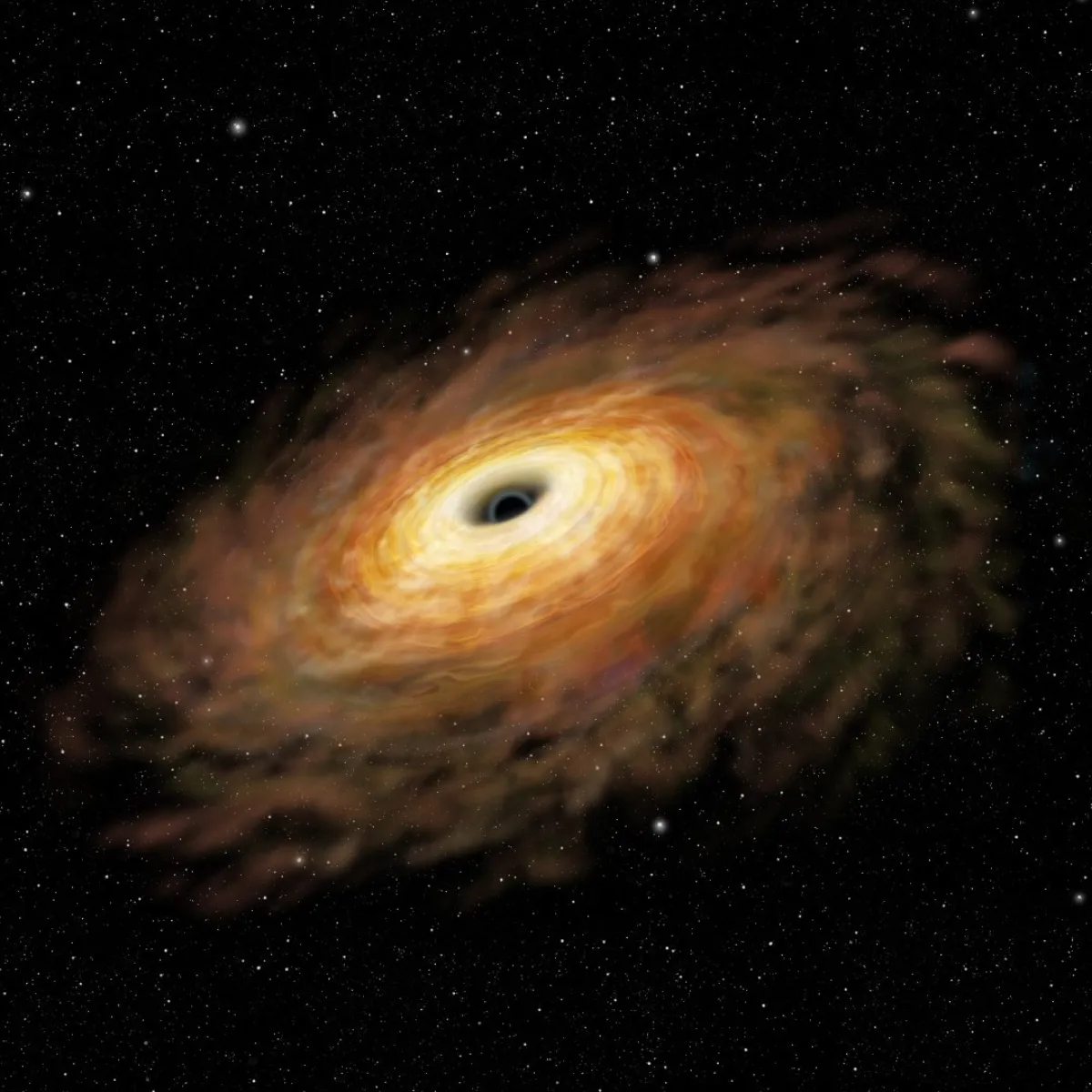Investigating the interaction between supermassive black holes and their host spiral galaxies
Using both the Wide-Field Spectrograph (WiFeS) on the ANU 2.3m telescope and the 1.4 GHz radio band on the Australia Telescope Compact Array (ATCA), the student will address how the radio jets from the supermassive black hole interact with the Seyfert host galaxy to affect the evolution of the galaxy.
Research themes
Project status
Content navigation
About

Seyfert galaxies are nearby spiral galaxies that harbour relatively low-luminosity Active Galactic Nuclei (AGN). These AGN radiate strongly over a range of wavelengths including optical and radio bands. Seyferts are powered by accretion onto their central supermassive black holes where the accretion is a phase (or more) in the life of every galaxy with a bulge and plays an important role in its evolution. However, the fundamental parameters of these accreting systems that can explain the whole range in their properties and their relationship to the host galaxy evolution are not yet clear.
Using both the Wide-Field Spectrograph (WiFeS) on the ANU 2.3m telescope and the 1.4 GHz radio band on the Australia Telescope Compact Array (ATCA), the student will address how the radio jets from the supermassive black hole interact with the Seyfert host galaxy to affect the evolution of the galaxy. The student will have the opportunity to attend our interactive research meetings and join our international collaboration.
